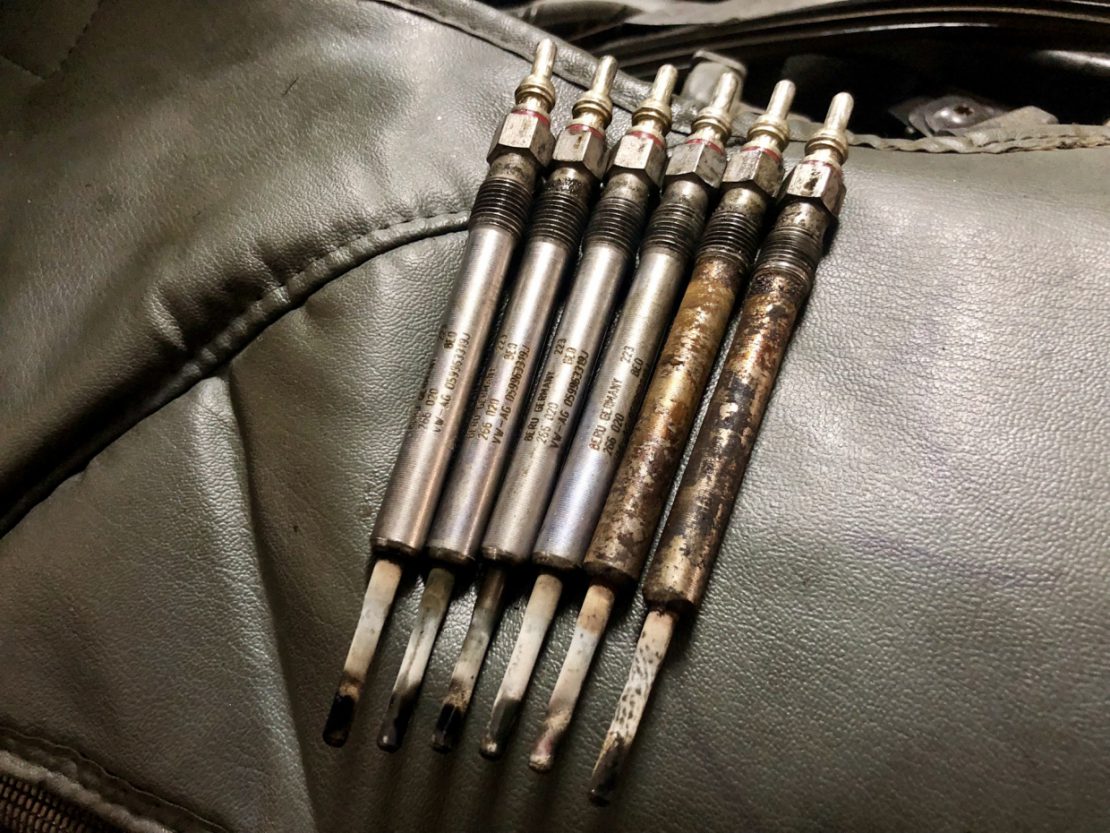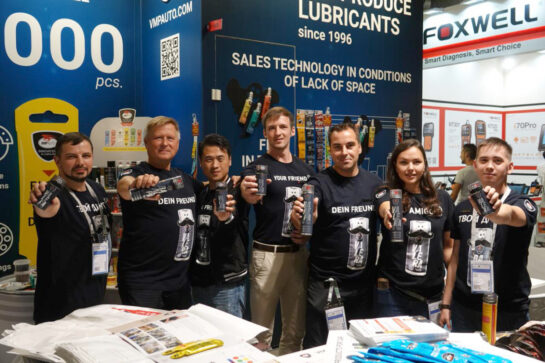Slippery «Valera»
Blocked spark plugs? Drilling them is not the cheapest solution and can waste many hours of work. Is the master-lubricant able to solve the issue? The answer can be find in Moscow Gubkin Research Institute
How it all began?
A month ago, we received a response from a buyer who wrote that Valera had helped to unscrew almost hopeless plugs on a VW Tuareg. Just required to apply VALERA on the spark plugs “on cold” during five days.
We decided to carry out a new independent test, which will confirm the effectiveness of the master-lubricant Valera, as a solution to unscrew blocked joints. Fort this purpose we sent a request to to the Russian State University of Oil and Gas I.M. Gubkin. For comparison, we choose another popular “liquid key” for testing. The results of some tests are below.

The first and most important property for any liquid that we used to call a “liquid key” is penetrating ability. The speed and success of our work, and sometimes its cost, depends on how deep and how fast the lubricant penetrates. It is believed that the “liquid keys” help to unscrew the part fast and without any damage. Therefore, the first to test the penetrating ability is the master-lubricant.
We take two steel plates, we torque these plates and seal the structure from three sides. In the fourth hole we spray our products and after a minute we disassemble the structure. The inner surface of the plates is pre-coated with chalk, so the grease that has penetrated into the structure is perfectly visible.

Both lubricants penetrated, but with different results. “Valera” penetrated the entire depth, but the coverage area is lower than in sample No. 2. The standard tells us that the second sample worked more efficiently in this test. At the same time, the second solution reached the lower segment of the plate in a smaller volume. However, the results can be interpreted as positive. In practice, everything will depend on the duration of soaking in the compound.
Slippery “Valera”
Let’s move from theoretical exercises to the harsh life practice. Rusty nuts unscrewing! After all, this is the most popular application of penetrating lubricants.
We tightened the nuts, applying an equal force of 62.4 Nm, and then subjected the compounds to corrosion. In result we got absolutely identical units of 3 pcs. for each liquid.

The samples processed by VALERA were unscrewed with a force of 26 Nm, 27 Nm and 29 Nm. At the same time, samples treated with the popular liquid could only be disassembled with a force of 32 Nm, 37 Nm and 40 Nm. The difference is significant. It means that penetration is just a half of the battle. It’s all about the lubricant.
Evgeny Ilyin (research associate of VMPAUTO LLC): “Yes, ordinary kerosene penetrates quickly. But, Valera does not just soak the layer of rust. The organic rust modifier in the composition, actively converts the corrosive layer, and the synthetic base and antifriction additives reduce friction in the bolted joint. “
Special scientific equipment, accurate digital dynamometer and scientist’s strong hands. The device records the maximum load, which is achieved at the time of the nut’s unscrew. Let it be that other solutions penetrate a bit better. According to the complex of properties, “VALERA” is more optimal. It really “penetrates” and “eases”, which means that it will unscrew the spark plugs, studs and bolts. The compound just needs a bit time to work.




